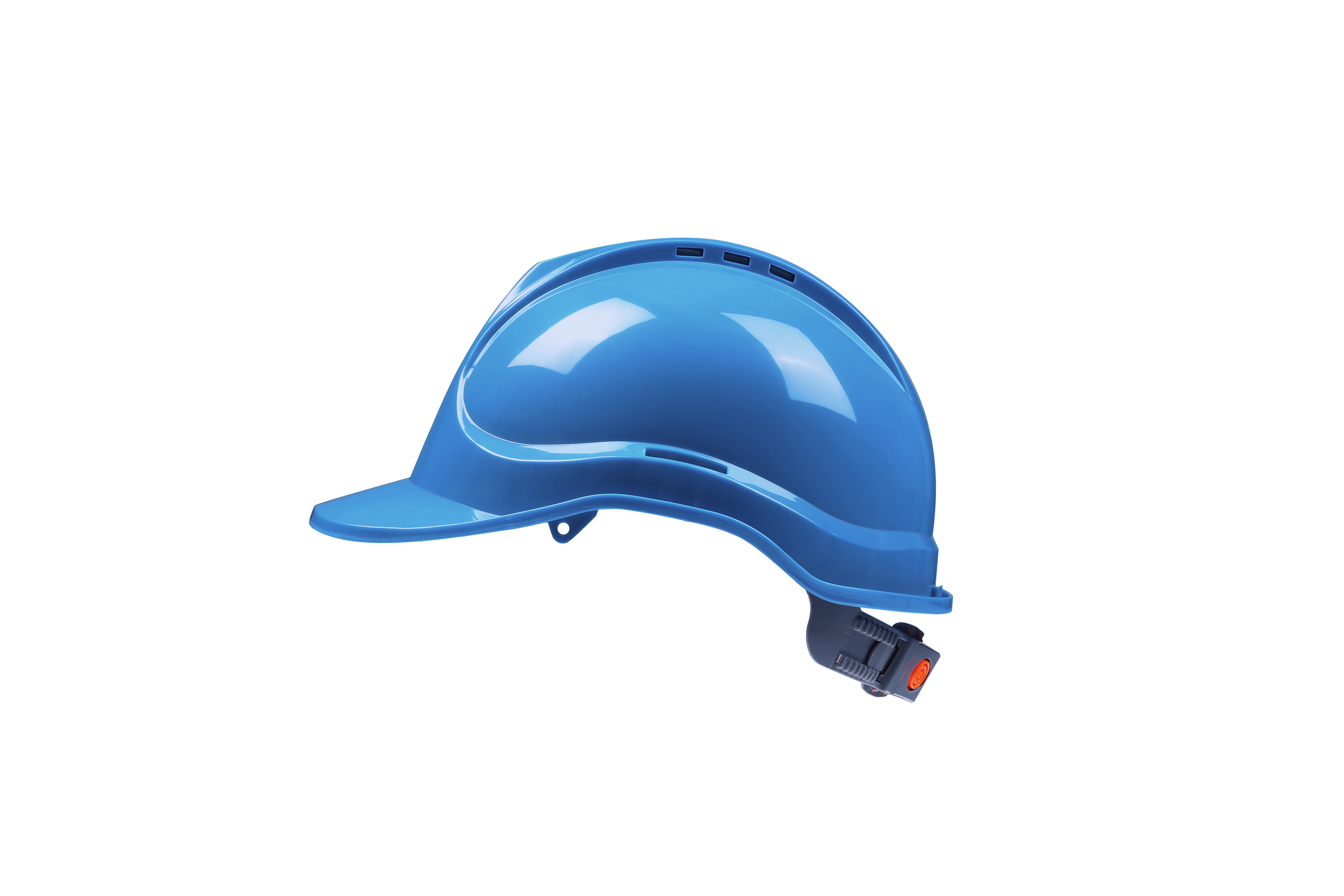safety helmet for child product
Ensuring Safety The Importance of Child Safety Helmets
As parents, one of our foremost responsibilities is ensuring the safety and well-being of our children. This responsibility becomes particularly significant in an era where children engage in various outdoor activities, from cycling and skateboarding to playing on playgrounds. One essential piece of safety equipment that can safeguard our little ones during these activities is a safety helmet designed specifically for children. This article explores the importance of child safety helmets, the features to look for when purchasing one, and tips for encouraging helmet use among kids.
The Need for Child Safety Helmets
Children are naturally adventurous and curious, often engaging in physical activities without a full understanding of the potential dangers. Injuries related to head trauma are among the most serious risks associated with such activities. According to the Centers for Disease Control and Prevention (CDC), the risk of head injury increases significantly among children who do not wear helmets while biking or skating. A safety helmet can dramatically reduce the risk of severe head injuries in the event of a fall or collision, making it an indispensable accessory for children who partake in activities with a higher risk of accidents.
Key Features of Child Safety Helmets
When selecting a safety helmet for a child, it’s crucial to consider several essential features to ensure optimal protection and comfort
1. Proper Fit A helmet must fit snugly on the child's head without being too tight. Most helmets come with adjustable straps and sizing pads to achieve the perfect fit. A well-fitted helmet will provide the best protection by ensuring that it stays securely in place during activities.
2. Certification Look for helmets that meet safety standards. In the U.S., helmets should comply with the Consumer Product Safety Commission (CPSC) regulations. These certifications guarantee that the helmet has passed rigorous tests for impact resistance, ventilation, and retention systems.
3. Ventilation Kids can get hot when playing outdoor sports, so a helmet with good ventilation can make the experience more comfortable. Look for helmets with multiple vents to promote airflow and reduce heat buildup.
4. Lightweight Design Helmets that are too heavy can be uncomfortable and may discourage children from wearing them. Opt for light materials that provide ample protection without adding excessive weight.
safety helmet for child product

5. Durability Children often engage in rough and tumble play. A helmet made from durable materials can withstand everyday wear and tears while maintaining safety standards. Look for options with a robust outer shell and a high-impact foam interior.
Encouraging Helmet Use
Despite the importance of wearing helmets, children may resist using them. Here are some strategies to encourage helmet use
1. Make it Fun Allow your child to choose a helmet that they like. Many manufacturers produce helmets in various colors and designs, including themes featuring popular characters or sports. When children have a helmet that reflects their personality, they are more likely to wear it.
2. Set an Example Children learn by observing their parents. When they see adults wearing helmets during cycling or skating, they are more inclined to mimic that behavior. Make it a family habit to wear helmets during recreational activities.
3. Educate About Safety Explain the reasons for wearing a helmet to your child. Use simple language to communicate how a helmet can protect them from injuries, emphasizing that it is not just about rules but their safety and well-being.
4. Establish Rules Create household rules about wearing helmets during specific activities. Consistency is key, and it helps establish a routine that makes helmet use second nature.
5. Positive Reinforcement Offer praise or small rewards when your child wears their helmet without being prompted. Positive reinforcement can help to build a habit and make them more receptive to wearing it in the future.
Conclusion
Investing in a quality safety helmet for your child is a small price to pay for the peace of mind that comes from knowing they are protected during their adventures. By prioritizing safety helmets and encouraging their consistent use, you contribute to a safer environment for your child to explore, learn, and enjoy outdoor activities. Remember, safety is not just a precaution; it is an essential part of childhood. Let’s give our children the freedom to play safely.
-
Aero Safety Helmet - OEM Gomax Aero Adult Safety Helmet, Affordable Protection for Cyclists
NewsJun.10,2025
-
Buy uvex pheos abs alpine safety helmet – OEM & Cheap Options from China Supplier
NewsJun.10,2025
-
Volman Safety Helmet - Premium Durable Protection for Industrial Workers
NewsJun.10,2025
-
Top Safety Helmet Suppliers in UAE Reliable Brands & Affordability
NewsJun.10,2025
-
Affordable Safety Helmet with Visor & Earmuffs - OEM China Supply
NewsJun.10,2025
-
Affordable Safety Clothing in Deer Park, TX Cheap & OEM Options
NewsJun.09,2025
